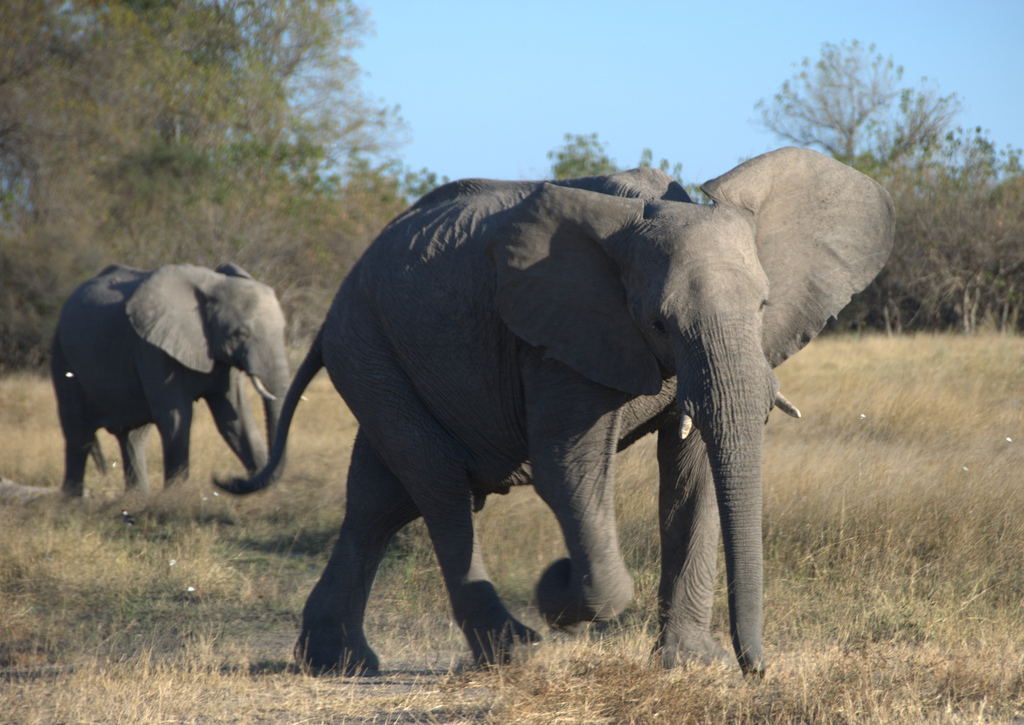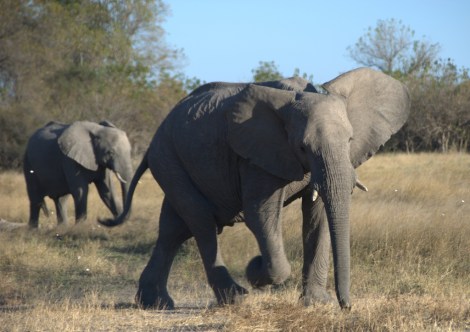Last year, Google gave the WWF bunch of money to put drones in the air and, in theory, catch poachers. The idea was that the drones would expand the range that resource-strapped rangers could scope for the bad guys. It wasn’t clear, initially, that it was working. But Bloomberg reports that, in Kenya, wildlife managers are loving their newfound power — even though the system’s not working exactly as planned.
Instead of freaking out poachers, they drones are freaking out the elephants:
When he started using the drones, Goss thought they would help mainly with providing aerial footage of the landscape and tracking poachers armed with rifles and the Maasai who sometimes killed the animals when they interfere with the grazing of their cows. He soon discovered they could help by frightening the elephants, keeping them out of harm’s way.
“We realized very quickly that the elephants hated the sound of them,” said Goss, whose week-old beard goes white near his temples. “I’m assuming that they think it’s a swarm of bees.”
That sort of sucks for the elephants. But freaking out about imaginary bees is better than getting killed. So we have to come down in favor of animal drones — they’re saving wildlife one elephant neurosis at a time.





